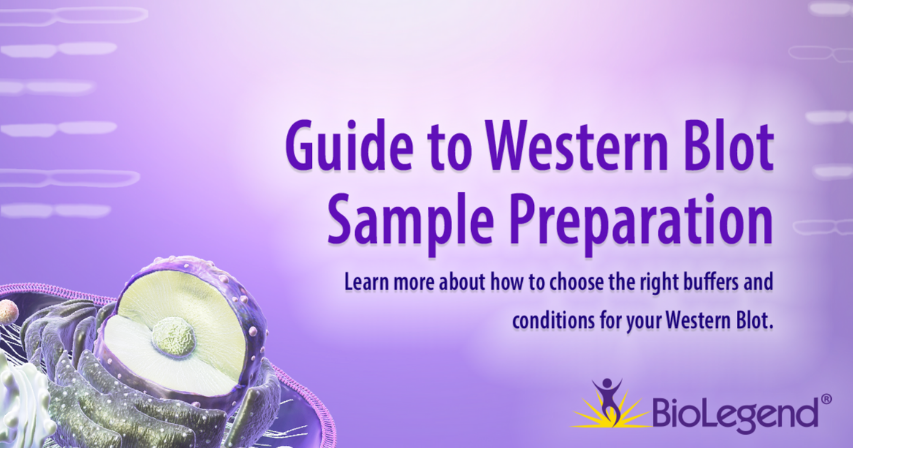An important update is available for FreeStyle LibreLinkØ. Check here for more information.
 Menu
Menu
21 Aug 2019

|
Western blotting (WB) is a widely used technique to detect protein expression in cells and tissues. The first step in the WB procedure is preparation of tissue or cell lysate. Choosing the proper buffers and running conditions are key steps in ensuring the success of the experiment.
|
Lysis Buffers
|
|
Lysis buffers vary from gentle, containing no detergents, to harsher denaturing solutions (i.e. RIPA) containing sodium dodecyl sulfate (SDS) and other ionic detergents. Choosing a lysis buffer depends on the sublocalization of the protein. Typically, mild non-ionic detergents such as NP-40 are used for extraction of soluble cytoplasmic proteins. Harsher buffers such as RIPA are used for isolation of membrane bound proteins and nuclear proteins. Table 1 and Table 2 provide lysis buffer suggestions based on the source of protein and commonly used lysis buffer recipes. Some proteins, such as histones, or tissue samples may require an additional sonication step to fully release the proteins. Sonication is also used to break down the DNA to reduce viscosity of the solution.
|
| Table 1. Common Lysis buffers used to prepare samples for Western Blot | ||||||||||
|
|
Table 2. Compositions of the most common Lysis buffers used in Western Blot |
||||||||||
|
Protease and Phosphatase Inhibitors
|
|
Other important components of lysis buffers are protease and phosphatase inhibitors that prevent fast proteolysis and dephosphorylation of the targets upon cell lysis. To slow protein degradation we advise preparing the buffers fresh before each experiment, and keeping cells and buffers on ice during the whole procedure. Table 3 details the most common inhibitors used in Western blot. Most of these are now available as ready-to use cocktails:
|
|
Table 3. Functions of the most commonly used protease and phosphatase inhibitors
|
||||||||||||||||||||||
|
|
Determining protein concentration |
|
Before loading protein on the gel it is important to determine the protein concentration and normalize it across the samples of each experiment. The protein concentration can be determined using absorbance at 280 nm, Bradford (Coomassie-based) or BCA assay. Presence of SDS in the lysis buffer can interfere with the Bradford assay. In this case, BCA assay must be used. We advise loading approximately 15-30 μg of the protein lysate to ensure a proper range of protein detection.
|
Protein loading
|
|
Before loading the samples, dilute them in a gel loading buffer, such as 2x Laemmli sample buffer. It contains reducing and denaturing agents including SDS, β-mercaptoethanol, and/or DTT. Glycerol allows protein to stay inside the well, and the dye bromophenol blue helps track the protein movement.
|
|
Table 4. Composition of 2X Laemmli buffer |
||||||||||
|
|
Loading and running buffer conditions
|
|
For a routine Western blot, it is recommended to run the gel in reducing/denaturing conditions. For this, the lysate must be boiled in sample buffer at +95-100°C (5 minutes) or at +70°C (10 minutes). Then, samples can be immediately loaded on a gel or stored at -20°C for later analysis.
|
|
|||||||||||||||||||||||||
|
In the end, don't forget to load proper positive and negative controls, including:
|
| Optimizing the lysis buffer and gel loading/running buffer is one of the first important steps in ensuring the success of your Western blot procedure. For more tips and tricks to help optimize your experiment, please check Western Blotting webpage and Technical Protocols. |
If you enjoyed reading our articles, why not sign up to our blog mailing list? You'll get new articles straight to your inbox as they're released!